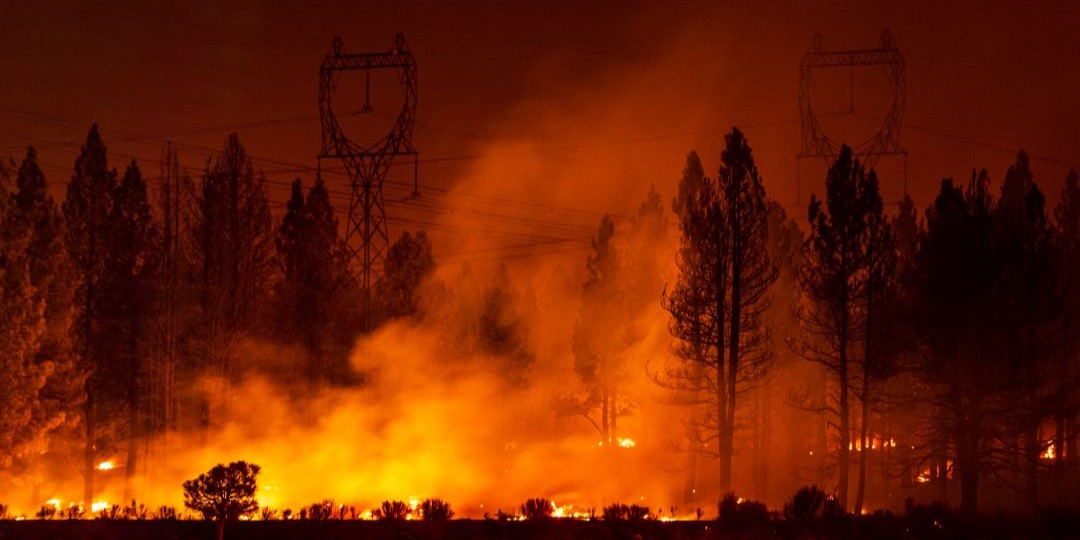By John Schmoker, NERC Compliance Testing Specialist
As we all know, electricity transitioned from luxury to necessity a long time ago. Since our daily lives are so intertwined with the supply of reliable power, grid disruptions are taken very seriously. It is for this reason, regulatory bodies like FERC and NERC are taking a hard look at recent grid disturbance trends.
In NERC’s nearly 20-year history, there have been less than 20 major grid disturbance events. Many are attributable to natural disasters like hurricanes, wildfires, and cold weather. While NERC is certainly concerned with the response to those situations, they are more recently focusing on the overall disturbance trends as they relate to increased penetration of inverter-based technologies.
While 20 events over 20 years may not seem overly concerning, over 60% of those events have occurred in the past five years. This trend has both consumers and regulators asking what can be done to improve grid reliability as we continue the transition to asynchronous generation technologies.
NERC has stated [the organization] “seeks to identify, analyze, and ultimately address root causes and systematic problems, which may result in reliability issues.” Disturbance reports are a good example of that process. Following major disturbance events, NERC and industry partners develop detailed reports, which analyze the causes of resource loss and provide recommendations to industry to prevent future occurrences. The most recent report was issued as a result of another major disturbance centered in Odessa, TX. This event was initiated by a failed surge arrestor at a synchronous generation site, which caused the immediate loss of nearly 500 MW of load. What followed was a cascading reduction in power output (over 1,700 MW) by multiple inverter-based resources from many different facilities. The normally-cleared fault resulted in a total loss of 2,555 MW of generation, and system frequency dropped to 59.7 Hz.
NERC’s recommendations following the “Odessa 2022” event are really a reiteration of recommendations made in 2020 and 2021. If you’ve been keeping up with these reports, you’ve probably noticed the increasing sense of urgency as the language continues to get stronger and more serious. The recommendations basically fall into three main categories: adoption of reliability guidelines, changes to generator interconnection requirements/agreements, and improvements to the NERC Reliability Standards.
Reliability Guidelines:
- NERC urges industry action without implementation of new or revised requirements
Interconnection requirements:
- Push for standardized performance requirements (pro forma interconnection agreement changes)
- Clarify modeling and study requirements including Electromagnetic Transient models (EMT)
- Require acceptance testing to validate models prior to commercial operation
- Add model quality review process to all dynamic and EMT models
Reliability Standards:
- “Modernize and Update”
- Transition to performance-based requirements for some standards
- Performance validation standard (RC, TOPs, BAs) investigate and identify poor performing facilities during disturbance events
- True ride-through standard to replace PRC-024
- EMT modeling and model quality process requirements
- Monitoring data, analysis, and reporting (changes to PRC-002/004)
- Inverter specific requirements
So, what does all this mean for reliability professionals? The language NERC has used, “modernize and update”, is really fitting. Reliability trends are forcing the industry to rethink some of the reliability standards particularly in the protection and control and modeling fields. NERC currently has almost 20 open projects affecting nearly 40 Standards. We’re looking at a rapid evolution of the compliance landscape, which is going to keep us all on our toes for the foreseeable future.
